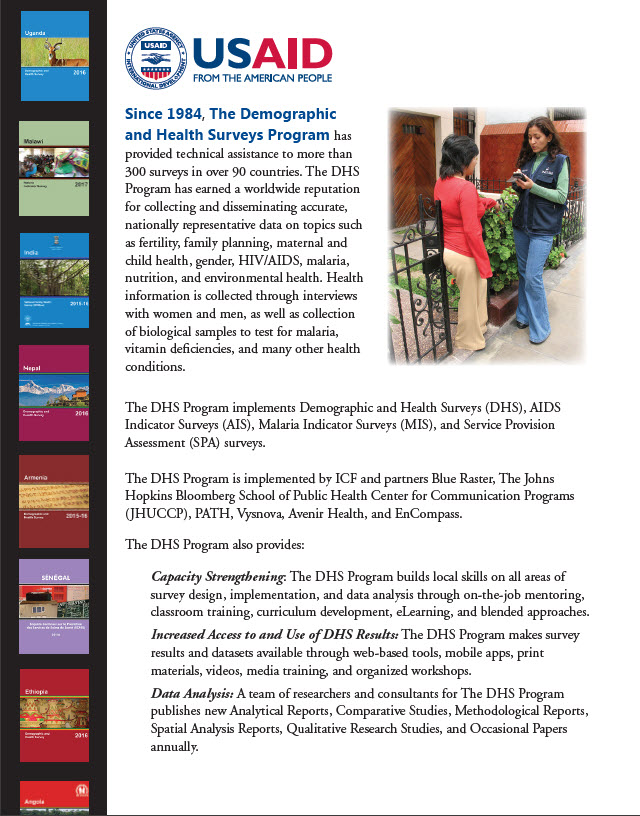Press Releases
Maternal and child health in Chad: 8 years of stagnation
N'Djamena, Chad. On Tuesday, December 6, 2005, the Minister of Economy, Planning and Cooperation of Chad, the Honorable Mahamat Ali Hassan, officially opened the Dissemination Seminar on the findings of the 2004 Chad Demographic and Health Survey (EDST-II). Overall, results show that the status of maternal and child health has not changed in Chad since 1996-97, when the first DHS survey took place in that country. In his opening speech, the Minister declared: "Here is a rich and diversified source of information that will be brought to your attention and that should prove to be useful to all those in charge of developing strategies to fight diseases, either for field officers or policymakers."
Survey data show that the percentage of women receiving prenatal care by a health professional has increased (43% compared to 32% in 1996-97), as has the proportion of women receiving at least 2 tetanus toxoid injections (29% compared to 24% in 1996-97). On the other hand, there are now proportionally less women who receive assistance during delivery from a trained medical personnel (21% compared to 24% in 1996-97), which puts Chad in a second to last position (only ahead of Ethiopia with 6%) when compared to a dozen other sub-Saharan countries in which a DHS survey has also been implemented.
Only 11% of the children age 12-23 months has received all recommended vaccines as prescribed by the Expanded Programme of Immunization. This proportion, the lowest in Africa, has not changed since 1996-97. Furthermore, although fewer children have received none of the vaccines (19% in 2004 compared to 44% in 1996-97), the dropout rate remains a severe problem as many of the children who received the first dose of the vaccines against DPT and Polio do not receive the third necessary dose.
In the 2 weeks before the survey, more than one child under 5 in three suffered from fever. Of these children, only 1 in 10 was taken to a health provider, the same proportion as for the children with symptoms of acute respiratory infection. Although diarrhea was experienced by 27% of children, less than one child with diarrhea in five received oral rehydration salts or a homemade rehydration solution. Another 25% of children were not treated at all for their diarrhea. As for the data on nutrition, the survey found that 41% of under-5 children were stunted (as in 1996-97), including more than half who were severely stunted (23% compared to 20% in 1996-97).
The EDST-II also introduced new topics: one being the ablation of the uvula that affects close to three under-5 children in five. These children are exposed to severe health risks as about 60% of them were found to have suffered from at least one complication, ranging from lesions of the tongue or the lips, ear pains, infections (otitis, abscess, etc.) or bleeding. Another common traditional practice in Chad is female genital cutting (FGC) which affects about one in two women. FGC is also a risky intervention as three-quarters of women to whom FGC was performed have declared having had at least one complication at the time, or after, the intervention, with nearly three women in five declaring having had at least two complications.
Considering the social and health conditions that Chad is facing, it is not surprising to find that the country has one of the highest level of infant mortality (102 per 1,000) and under-5 mortality (191 per 1,000) in Africa and that these levels have not improved since 1996-97.
